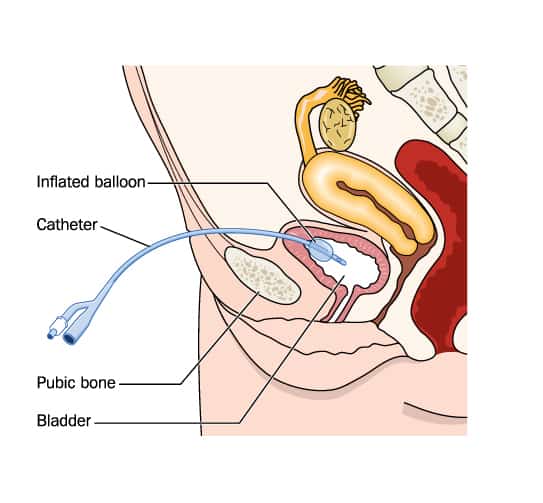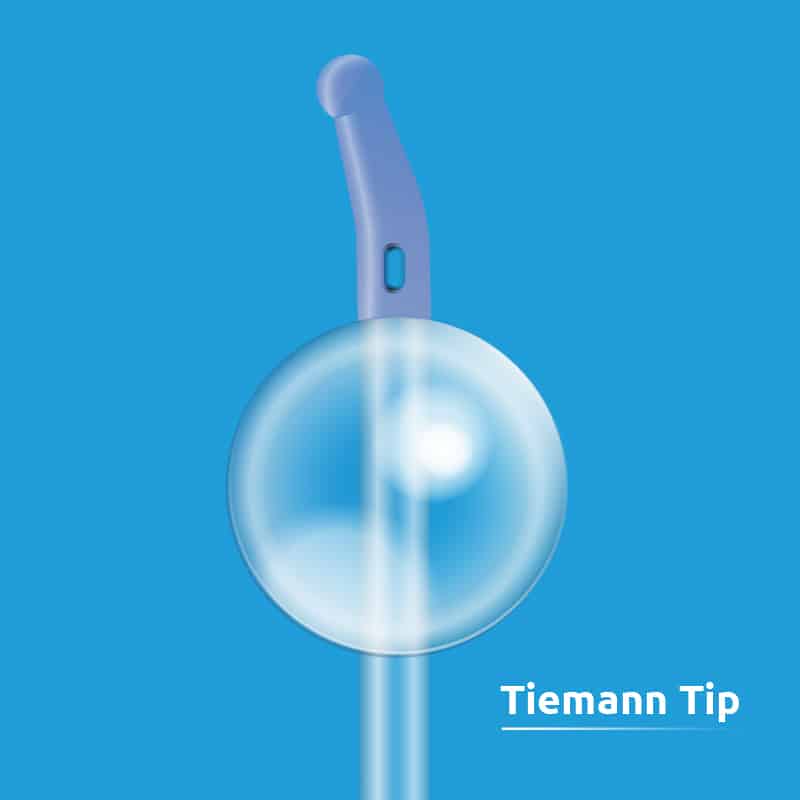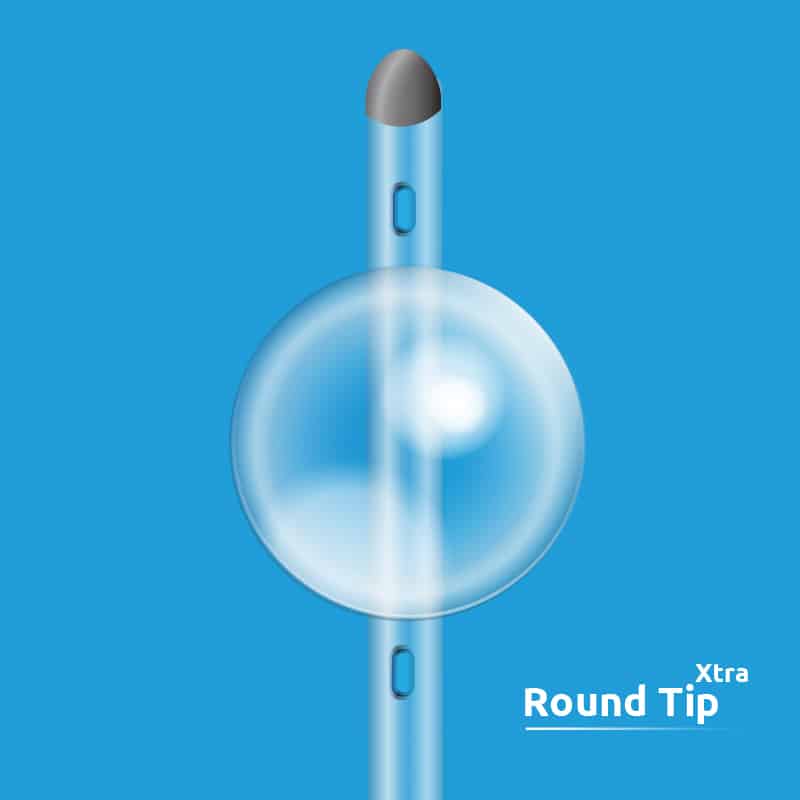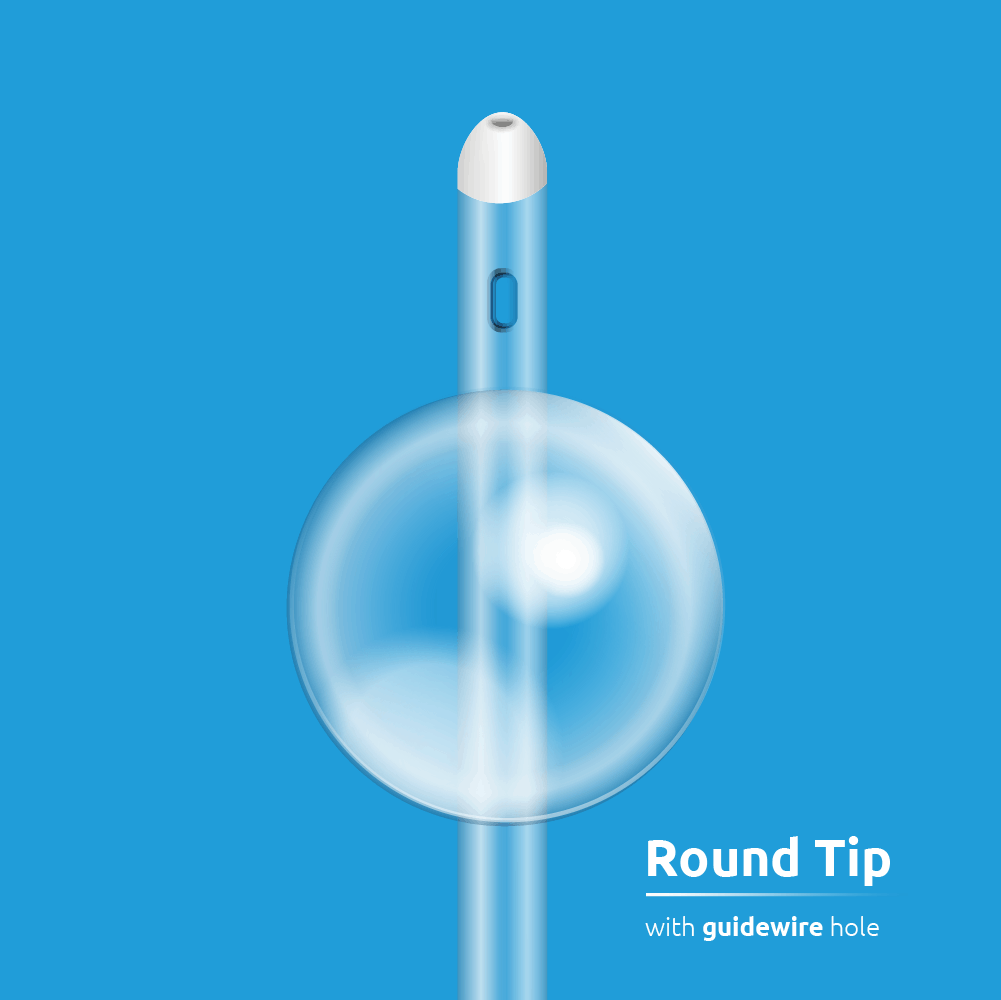Welcome back to LINC Medical’s series of blogs designed to help catheter users and their carers.
Many people are worried when they are told they need a suprapubic catheter. You may know someone who has had one or been told stories about how it feels. What is involved? Will it hurt? These concerns can cause anxiety, making your decision to go ahead with a suprapubic catheter harder to resolve. The following information should help you to understand what to expect with a suprapubic catheter and ease the process of making your decision whether to have one or not.
A suprapubic catheter is a sterile tube passed through your abdomen directly into your bladder to help your bladder empty. People usually are offered one if they are unable to pass urine in the normal way although it is common to have a urethral catheter first.

The procedure
A suprapubic catheter is first inserted by a doctor or advanced nurse practitioner in a hospital or clinic setting. You are usually awake for the procedure but will be given some local anaesthetic to numb the area. You usually are asked to lie as flat as you can on your back and may have sterile towels placed over your abdomen to keep the area sterile.
The Doctor or nurse will clean your abdomen with an antiseptic solution which may feel cold. Then they will numb the area by giving you small injections of local anaesthetic (a little like the dentist when you have a filling). The injections may sting a little at first. Your bladder usually needs to be full for the catheter to be inserted safely and the doctor will use an ultrasound to determine the bladder position.
The catheter is pushed through your abdominal wall with a special introducer, usually a few centimetres above your pubic bone (but below your belly button). Once in place the balloon of the catheter is inflated to hold it inside the bladder. You will have a drainage bag attached to the catheter to collect the urine. The bag may be strapped to your leg or hung on a stand.
Later on the bag may be removed and a catheter valve used instead. This is a little like a tap that you open to drain the bladder and close to allow the bladder to fill up.

Going home
You are usually allowed to go home the same day as the suprapubic catheter is inserted. You will be given instructions on how to empty and change the bag, as well as caring for the abdominal opening. Your abdomen may feel a little sore for up to a couple of weeks after the initial insertion of the catheter – this is to be expected.
Simple pain relief such as paracetamol or ibuprofen will help ease the discomfort. There may be some bruising noticeable around the entry site; this will fade within a couple of weeks.

What to expect afterwards
You may also experience a little bleeding around the abdominal opening and may want to wear a simple non adherent dressing for a few days to protect your clothes. The urine should mostly be clear and pale yellow in colour. It is normal to see some small blood clots or for the urine to occasionally appear pink or darker in colour.
You need to ensure you drink between 8-10 cups, mugs or glasses of fluid a day (1.5L) – this does not have to be water. Drinking enough fluids will help the bladder to flush out any debris or blood clots caused by the initial insertion of the catheter.
Catheter changes
You will normally have to go back to the hospital / clinic at @ 8 weeks after the suprapubic catheter was inserted. This is a normal check up to ensure everything is going well. The catheter will be changed for a new one at this time. This is a simple and quick procedure that should not cause you any discomfort.
Once this has happened, your catheter will need changing every 8-12 weeks but can be done at home by the community nurses or in some cases at a GP practice. Some users learn to change their catheter themselves – speak to your nurse or GP about this for more information.
Catheter care
Your abdomen where the catheter enters the body needs to be cleaned every day using ordinary soap and water, this is to help prevent infections. It is also good practice to turn the catheter tubing clockwise once a day to prevent the catheter sticking to the skin. You do not normally need to wear any plaster or dressing once the catheter is inserted.
Conclusion
Having a suprapubic catheter put into your tummy may seem scary. There is lots of information available to help you decide if this is the type of catheter for you. Remember to ask questions. Having a suprapubic catheter can help you manage your bladder drainage and regain some control of a normal toilet behaviour.
We hope you found this blog useful, and it helped resolved any problems or questions you had .
Get in touch with us if you have any questions and subscribe to our newsletter below this blog to receive more useful blogs straight your inbox!








